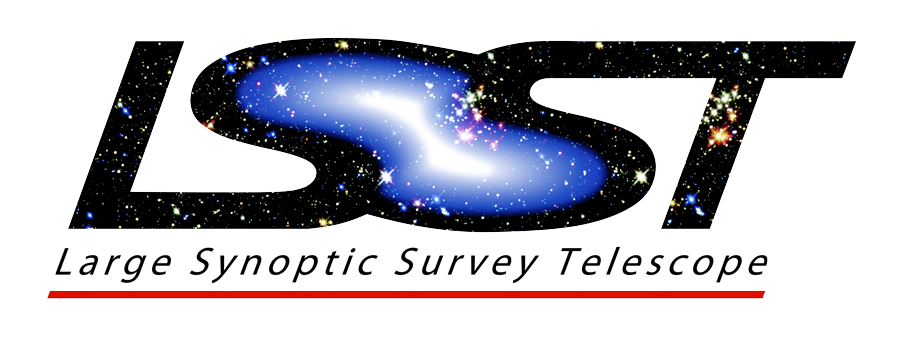Survey Options 2 Cadence and Dithering
Rolling cadences: It is well-understood that the LSST uniform cadences, as illustrated by benchmark schedule simulations presented at recent annual meetings, have substantial gaps between visits in the same filter, and for most visits will not obtain contemporaneous colors for transient targets. Several groups have thought about what modifications to the uniform cadences might benefit particular science objectives. A particularly often mentioned scheduling option is the rolling cadence, whereby some (or all) parts of the sky are visited with a higher frequency during certain prescribed intervals, at the expense of longer gaps at other intervals. However, a rolling cadence prescription may have many parameters. It can be hoped that LSST will have an interesting variety of rolling cadence simulations by the time of LSST-2018. This would be a timely opportunity for in-depth review of rolling cadence options.
Dithering: Dithering of visits is widely assumed to be a feature of the LSST survey. Beyond that assumption, there is little concurrence on the characteristics of that dithering. Small amplitude dithering may be most convenient for reducing detector systematics while controlling revisit intervals, whereas large amplitude dithering may best support suppression of imaging systematics. Dithering promotes uniformity of stacked imagery, but substantially complicates positive control of that uniformity. This topic would benefit from presentation of several distinct dithering options to a discriminating audience.
The length of the cadence "season": some cadence objectives, such as shorter visit gaps and lower airmass visits, naturally tend to shorten the length of the observing season on a per target basis, possibly to the detriment of some science.
Please contact Steve Ridgway (ridgway@noao.edu) if you would like to contribute or add topics.
Owing to conflicts, participants may come and go, and the agenda topics, and contributions, may blur over both sessions.
Contributors identified so far:
DESC cadence needs (Dan Scolnic, Humna Awan)
1 vs 2 image visits (Chris Stubbs)
Strong Lensing (Phil Marshall, Aprajita Verma, ....)
Galaxies (Eric Gawiser)
Simulations for cadence options (Lynn Jones, Owen Boberg, Tiago Ribiero)
Rolling cadences (Peter Yoachim)
Solar system cadences (David Trilling, Henry Hsieh)
AGN (Gordon Richards, Neil Brandt)
Intelligent exposures, dithering (Tony Tyson)
Dwarf galaxy cadence needs (Steve Ridgway)
SN cosmology (Renée Hlozek, Nicolas Regnault)
Comments (Robert Lupton)
